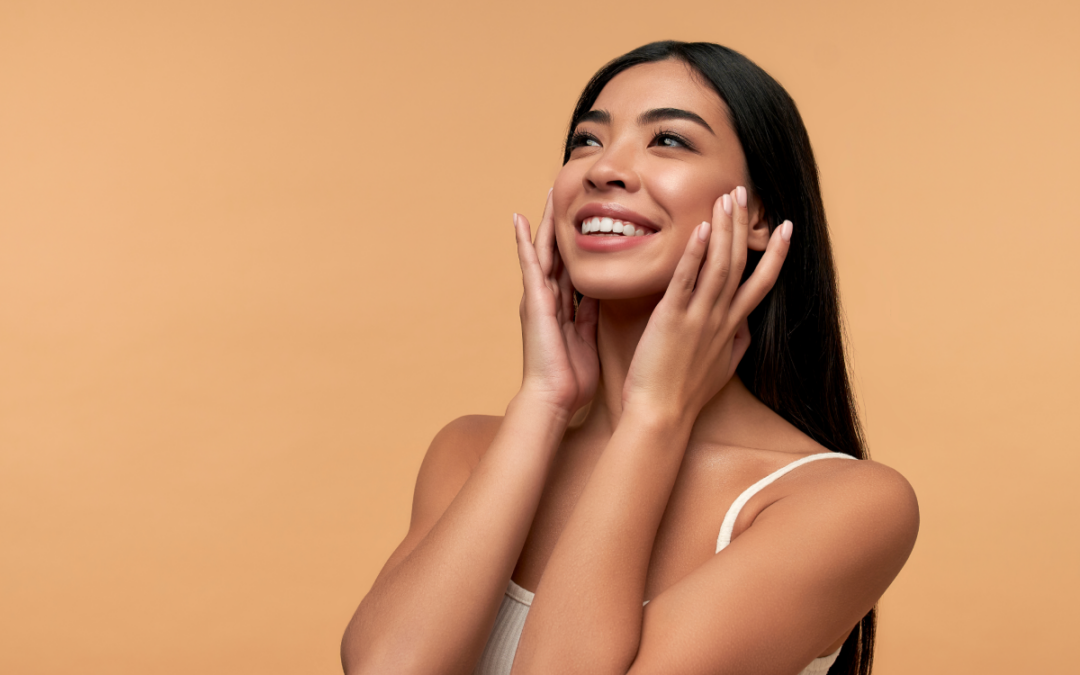We all have similar skin goals, and it shows. The anti-aging industry was worth over 17 billion dollars in the US last year. Fortunately, there are treatments that slow the signs of aging, from topical creams to chemical peels and botox.
But one of the most effective types of treatment takes a slightly more robust approach to not only treat but remove conditions like fine lines, scarring, and blemishes. These treatments fall under the skin resurfacing category. In this post, we’ll discuss everything you need to know about it.
What Is Skin Resurfacing?
Skin resurfacing is a category of treatments that remove the very top layer of skin cells. Human skin has three layers. Skin resurfacing will typically treat the top layer, the epidermis, where most signs of aging and damage occur.
The primary purpose of skin resurfacing is to improve skin’s appearance and texture and reveal younger, healthier, and more radiant skin.
There are hundreds of different names and brands of skin resurfacing treatments available, but they will mostly fall under one of these:
- Laser Skin Resurfacing.
- Chemical Peels.
- Microdermabrasion.
- Dermabrasion.
- Microneedling.
- IPL Photorejuvenation.
Each one of these treatments works differently. Always get a skin consultation from a professional to determine which treatment is best for your skin and concerns.
Why Is Skin Resurfacing Important?
Most of us strive for glowing, smoother, more youthful-looking skin. For esthetic purposes, it’s obvious why skin resurfacing is essential to so many. It helps regenerate and restore skin to its healthiest version.
Additionally, skin resurfacing removes layers of dead skin from the surface, and clears a pathway for other skincare ingredients to penetrate more easily. Resurfacing the skin allows your skincare products to work more effectively, giving you better and faster results.
Types of Skin Resurfacing Explained
There are six main types of skin resurfacing treatments available that should be performed by a professional. While all of these procedures are usually conducted by cosmetic surgeons, some states also allow skincare professionals, like dermatologists and certified estheticians, to perform them. Always check qualifications before scheduling any appointments.
Laser Skin Resurfacing
One of the most effective and long-lasting skin resurfacing treatments available is laser. Laser stands for “light amplification by stimulated emission of radiation.” It’s where concentrated beams of light energy are moved across the skin’s surface to help improve the skin’s texture, tone, and overall appearance.
There are two types of laser skin resurfacing: ablative and non-ablative. Both are performed by a board-certified cosmetic surgeon and require little-to-no downtime. Ablative lasers are more invasive; they remove the outer layer of the skin. Non-ablative lasers work on the deeper layers of the skin by using heat to stimulate regeneration.
Chemical Peels
Another skin resurfacing treatment typically performed by a professional is chemical peels. These chemicals, such as alpha hydroxy, glycolic, and salicylic acid, are applied like a face mask and remove the outer layer of the skin to reveal new, healthy skin underneath.
You could get a light, medium, or deep chemical peel, depending on your concerns and skin type. Light chemical peels are superficial and target surface concerns like fine lines and age spots. Medium and deep chemical peels can target the deeper layers, sometimes as deep as the dermis and help with more severe concerns, like wrinkles and scarring, and have more dramatic improvements.
Microdermabrasion
Microdermabrasion became popular in the 90s and is a mechanical or physical exfoliation technique. It’s a relatively gentle procedure that uses a pen-like apparatus to blast the skin using fine particles, usually crystals, and can generally be performed by certified skincare professionals. It usually takes several sessions to see results, but it gives skin a clearer, brighter complexion and minimizes signs of aging and scarring.
Dermabrasion
Dermabrasion is a step up from microdermabrasion. It incorporates using a bladed instrument that rotates rapidly and removes layers of skin to the desired depth. The idea is to remove the problem area and, through facilitating the healing process, allow new cells to regenerate and grow. The results of dermabrasion are quick, but due to its intensity, this treatment is not suitable for everyone.
Microneedling
Microneedling harnesses the skin’s natural healing process. The procedure punctures skin using a roller or a stamp with hundreds of tiny microneedles. The skin then goes into repair mode, and it heals and renews with some assistance from skincare. This treatment improves scarring, wrinkles, sun damage, age spots, stretch marks, and more.
IPL Photorejuvenation
IPL, or intense pulsed light photorejuvenation, is the least invasive skin resurfacing treatment. Like laser resurfacing, it uses broad-spectrum light therapy to treat hyperpigmentation, sun damage, age, spots, rosacea, skin texture, and more.
Whether you’re fighting the passage of time or have other skin concerns, skin resurfacing treatments are here for you. With the various resurfacing treatments available, you’ll find one that works for you.
For those who aren’t ready to take the professional skin resurfacing plunge, you can start at home with our safe, effective, and high-quality resurfacing skincare.
